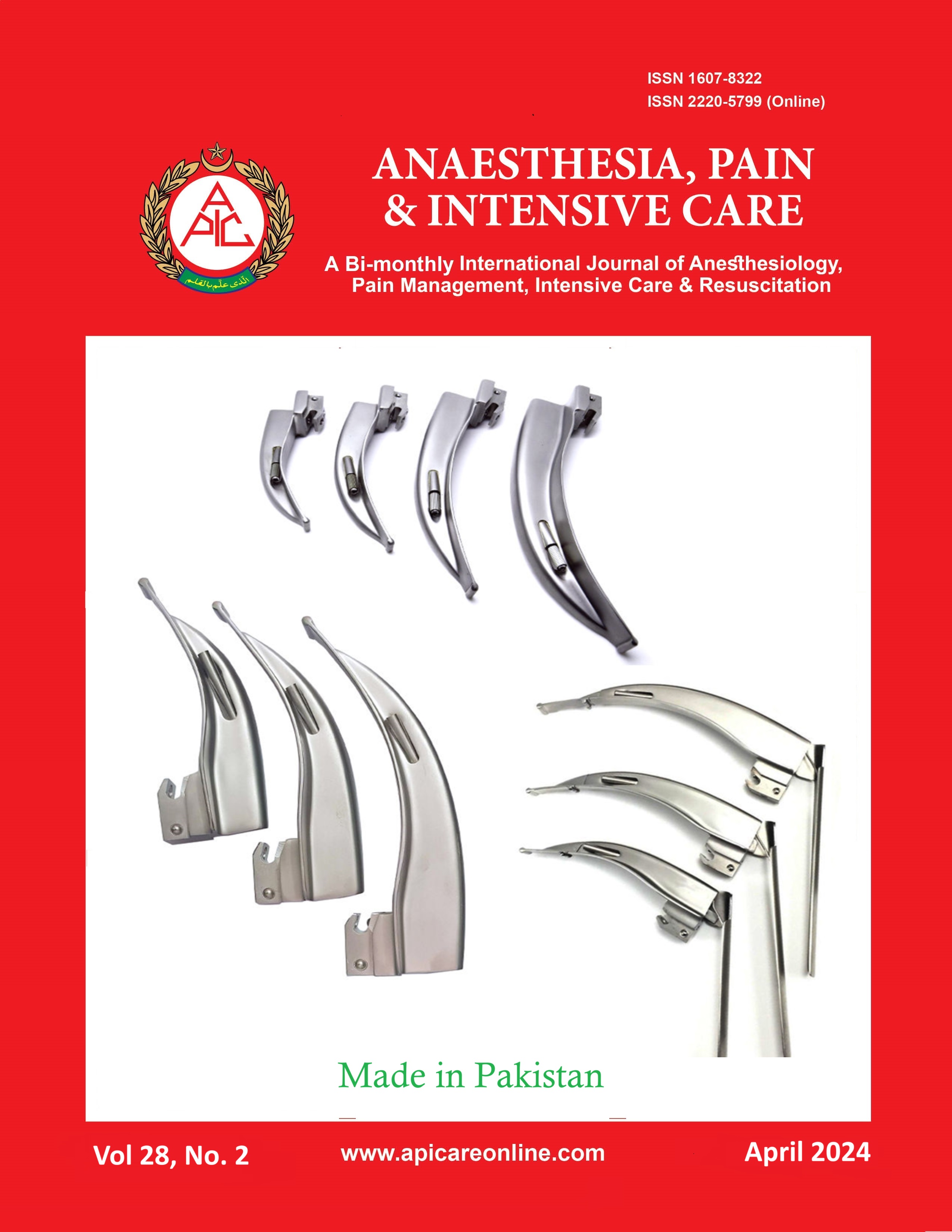Serum netrin-1 level in patients with type 2 diabetes mellitus and its relationship with diabetic complications
Abstract
Background & objective: Diabetes mellitus is a metabolic disorder, which is becoming more prevalent. It results from a defect in insulin secretion, or insulin action, or both, which is associated with increases risk of developing microvascular and macrovascular complications. Netrin-1 is originally considered an axon guidance protein, With a structure similar to laminine. It has been linked to the growth of numerous tissues, including the pancreas. During the initial phases of the formation of several tissues, such as pancreatic tissue, netrin-1 plays a critical function in controlling cell motility, cell-cell interactions, and cell-extracellular tissue binding. We studied the levels of netrin-1 in the blood of people with type 2 diabetes (T2DM) and if there was a correlation between those levels and certain sociodemographic factors, glycemic control, and lipid profiles.
Methodology: We enrolled 160 participants in this study, and split them into two groups; 81 people with T2DM in the first group, and 79 healthy, normoglycemic people in the second group. Both groups were matched for age and sex. The weight, height, and waist circumference of every participant were recorded. After at least 8 h of fasting, blood samples were obtained. and the levels of netrin-1, lipid profile, fasting blood glucose, and glycated hemoglobin were estimated, among other biochemical indicators.
Result: This study revealed that T2DM patients had significantly higher serum netrin-1 levels than the control group. There was a significant positive correlation between netrin-1 and fasting blood sugar, HbA1c, triglycerides, and very-low-density lipoprotein (VLDL-C); however, a negative association was seen between netrin-1 and high-density lipoprotein-cholesterol (HDL-C).
Conclusion: In comparison to controls, T2DM patients had a significantly higher mean serum netrin-1 concentration, and higher value among patients was reported among those with poor glycemic control, suggesting that serum netrin-1 might serve as a biomarker for therapeutic response. However, further studies are required to assess its role in the development of microvascular and macrovascular complications.
Abbreviations: DCC - Deleted Receptors; FBS - fasting blood sugar; HDL-C-High-Density Lipoprotein-Cholesterol; T2DM - Type 2 Diabetes Mellitus; UNC5 - Uncoordinated 5 Receptors; VLDL-C - Very-Low-Density Lipoprotein;
Keywords: Diabetic complications; Diabetes mellitus; Netrin-1; Receptors
Citation: Al-Shakour AA, Khalid HA, Mahmood I, Al-Sudani MY. Serum netrin-1 level in patients with type 2 diabetes mellitus and its relationship with diabetic complications. Anaesth. pain intensive care 2024;28(2):347−352; DOI: 10.35975/apic.v28i2.2421
Received: October 26, 2023; Revised: January 15, 2024; Accepted: January 18, 2024














